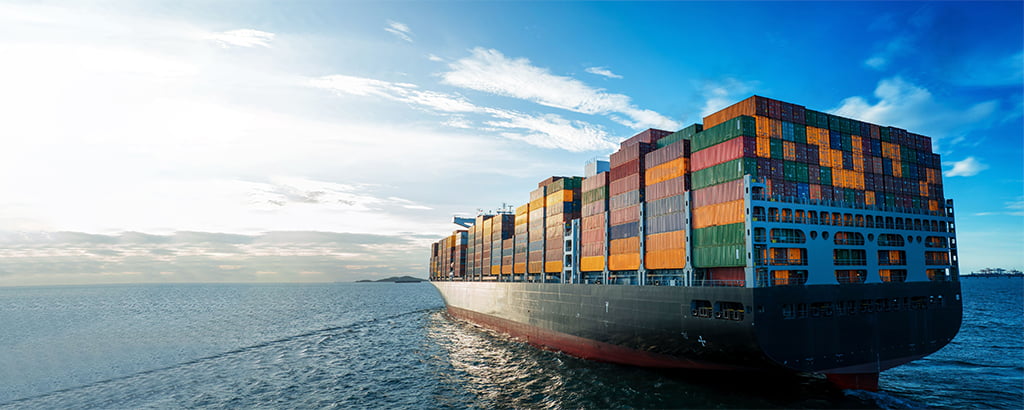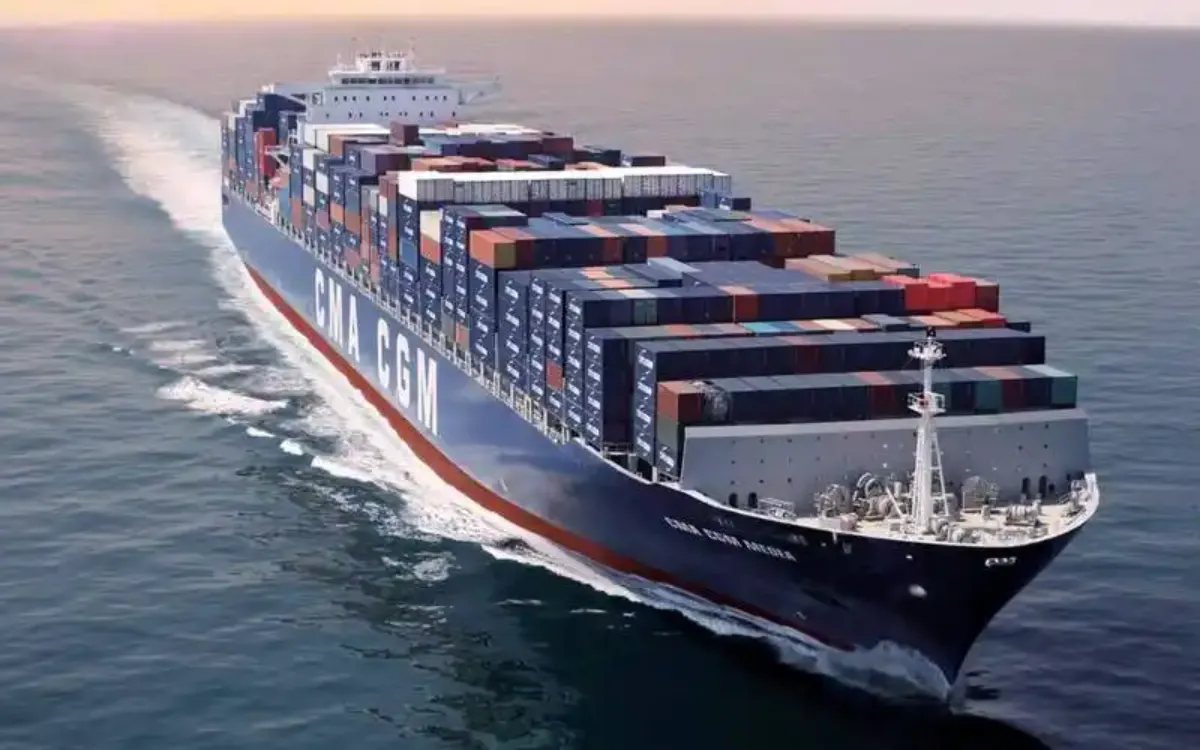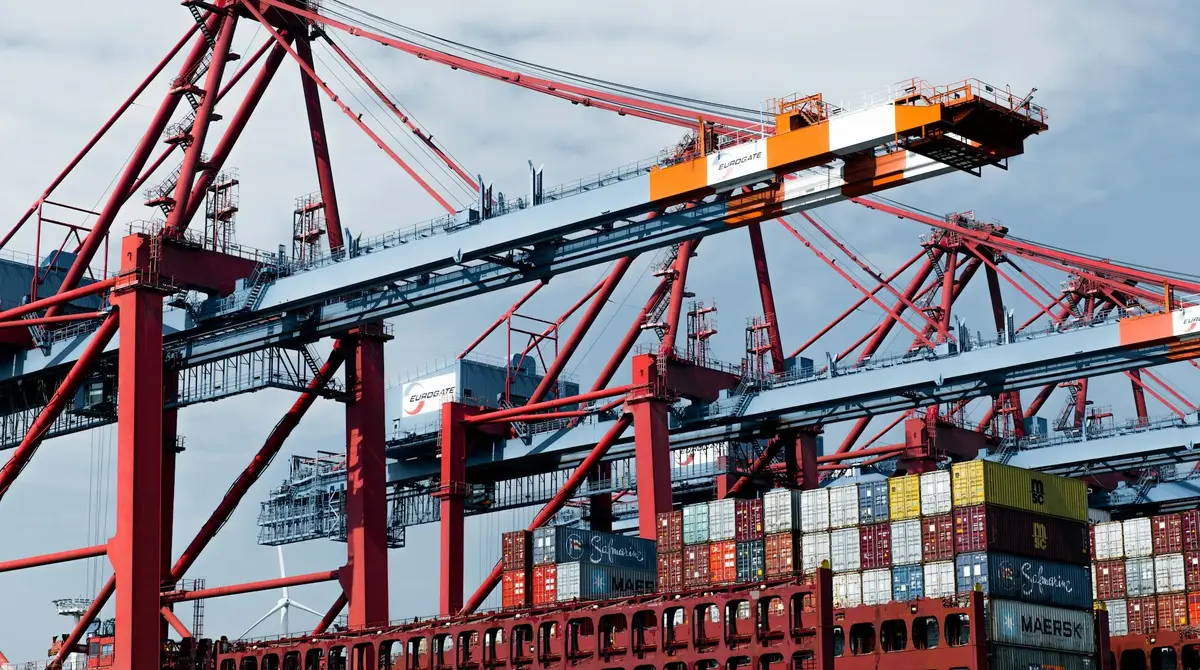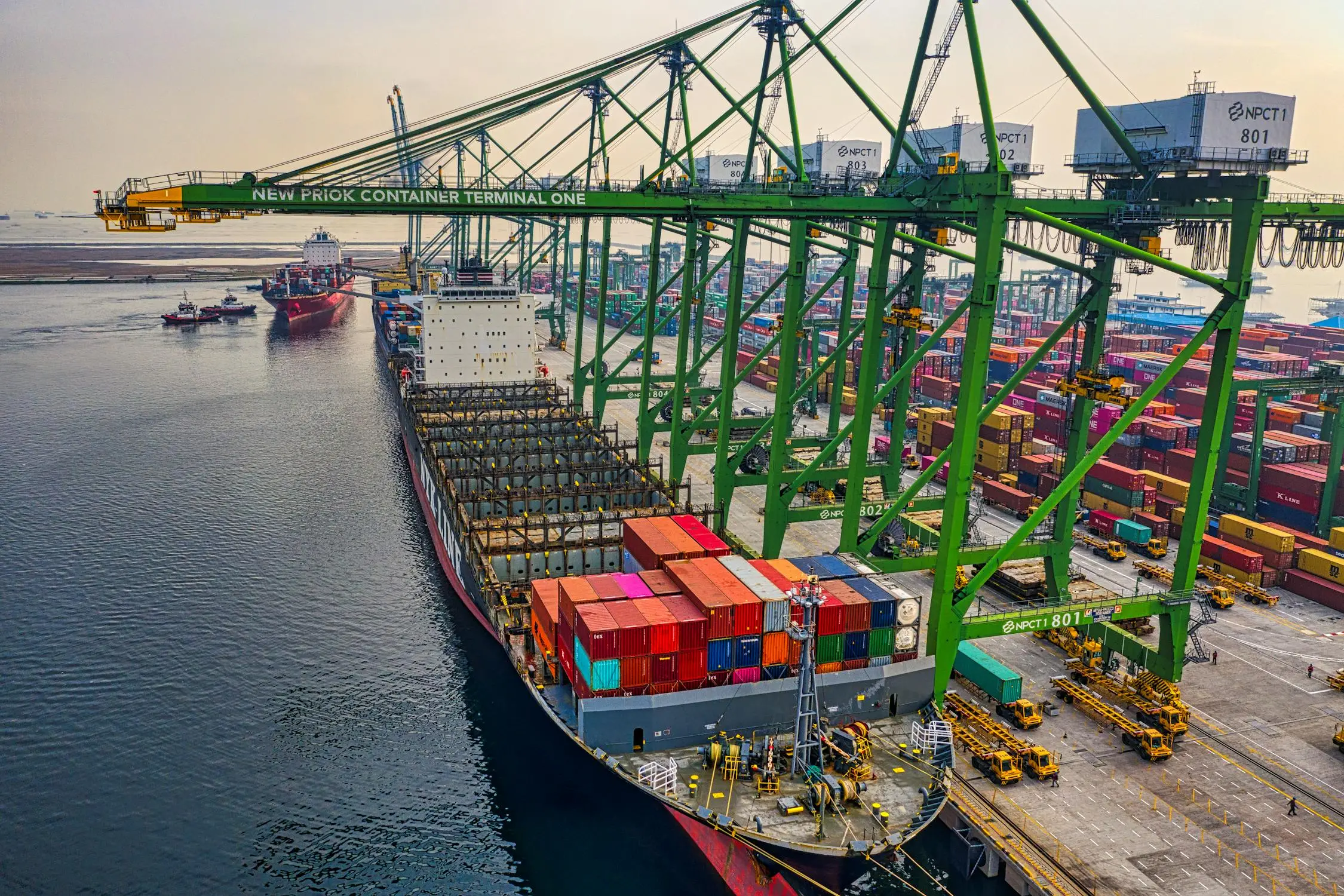
Understanding Ocean Freight: The Backbone of Global Commerce
Ocean freight, a cornerstone of international trade, refers to the transportation of goods by sea using container ships. This method of shipping plays a crucial role in the global supply chain, facilitating the movement of vast quantities of goods across the world's oceans. But what exactly is ocean freight, and why is it so important in today's interconnected global economy?
The Basics of Ocean Freight
At its core, ocean freight involves the following key elements:
Cargo Ships: Large vessels designed to carry thousands of containers
Containers: Standardized units for packing goods (typically 20 or 40 feet long)
Ports: Facilities where goods are loaded and unloaded from ships
Shipping Lines: Companies that operate cargo ships and manage freight services
Freight Forwarders: Intermediaries who arrange shipments for importers and exporters
Types of Ocean Freight Services
Ocean freight services generally fall into two main categories:
1. Full Container Load (FCL)
FCL involves shipping a full container of goods belonging to a single shipper. This option is ideal for larger shipments and offers several benefits:
More secure, as goods are not mixed with other shipments
Often more cost-effective for large volumes
Faster transit times, as containers don't need to be unpacked and repacked
2. Less than Container Load (LCL)
LCL allows multiple shippers to share space in a single container. This option is suitable for smaller shipments and offers its own advantages:
More economical for smaller volumes of goods
Flexibility in shipping smaller quantities
Ability to ship more frequently without waiting to fill a container
The Ocean Freight Process
Understanding the ocean freight process helps illustrate its complexity and importance:
Booking: Shipper arranges transportation with a freight forwarder or shipping line
Documentation: Preparation of necessary paperwork (e.g., Bill of Lading, customs documents)
Container Loading: Goods are packed into containers at the origin
Port of Origin: Containers are delivered to the port and loaded onto the ship
Sea Transit: The journey across the ocean, which can take several weeks
Port of Destination: Ship arrives, and containers are unloaded
Customs Clearance: Goods are cleared through customs
Final Delivery: Containers are transported to the final destination
Advantages of Ocean Freight
Ocean freight remains a popular choice for international shipping due to several key advantages:
Cost-Effectiveness: Generally the most economical option for large shipments
Capacity: Ability to transport very large volumes of goods
Versatility: Suitable for a wide range of products, from raw materials to finished goods
Environmental Impact: Lower carbon footprint compared to air freight
Global Reach: Access to ports worldwide, connecting even remote locations
Challenges in Ocean Freight
While ocean freight offers many benefits, it also comes with certain challenges:
Longer Transit Times: Sea voyages can take weeks, depending on the route
Weather Dependency: Adverse weather conditions can cause delays
Port Congestion: Busy ports can lead to additional waiting times
Complex Documentation: International shipping requires extensive paperwork
Risk of Damage: Long journeys and handling can pose risks to cargo
Technology in Ocean Freight
The ocean freight industry is increasingly embracing technology to enhance efficiency and transparency:
Track and Trace Systems: Real-time monitoring of shipments
Digital Documentation: Electronic Bills of Lading and other paperwork
Blockchain: Improving security and traceability in the supply chain
AI and Machine Learning: Optimizing routes and predicting delays
Internet of Things (IoT): Monitoring container conditions in real-time
Environmental Considerations
As environmental concerns grow, the ocean freight industry is adapting:
Fuel Efficiency: Development of more fuel-efficient ship designs
Alternative Fuels: Exploration of LNG and other cleaner fuel options
Emissions Regulations: Compliance with international standards like IMO 2020
Sustainable Practices: Initiatives to reduce plastic waste and protect marine life
The Future of Ocean Freight
Looking ahead, several trends are shaping the future of ocean freight:
Autonomous Ships: Development of self-navigating vessels
Green Technologies: Continued focus on reducing environmental impact
Digitalization: Further integration of digital technologies in all aspects of shipping
Route Optimization: Exploration of new shipping routes, including Arctic passages
Containerization Innovations: Development of smart and more efficient containers
Conclusion: The Vital Role of Ocean Freight in Global Trade
Ocean freight is more than just a method of transportation; it's a complex system that underpins global trade and economic growth. By facilitating the movement of vast quantities of goods across the world's oceans, it connects producers and consumers, supports international business, and drives economic development.

Understanding ocean freight is crucial for businesses engaged in international trade. While it presents challenges in terms of transit times and complexity, its cost-effectiveness and capacity make it an indispensable part of the global supply chain. As technology advances and environmental concerns shape industry practices, ocean freight continues to evolve, adapting to meet the changing needs of a globalized world.
Whether you're a small business owner looking to import goods or a large corporation managing a complex supply chain, ocean freight plays a vital role in bringing products to market. By leveraging the power of sea transportation, businesses can access global markets, optimize costs, and build resilient supply chains that can weather the storms of international commerce.
As we look to the future, ocean freight will undoubtedly continue to be a cornerstone of global trade, evolving and innovating to meet the challenges and opportunities of an ever-changing world. Understanding its fundamentals, challenges, and future trends is essential for anyone involved in international business and logistics.
 Easy Shipping From Global, Save Cost
Easy Shipping From Global, Save Cost













